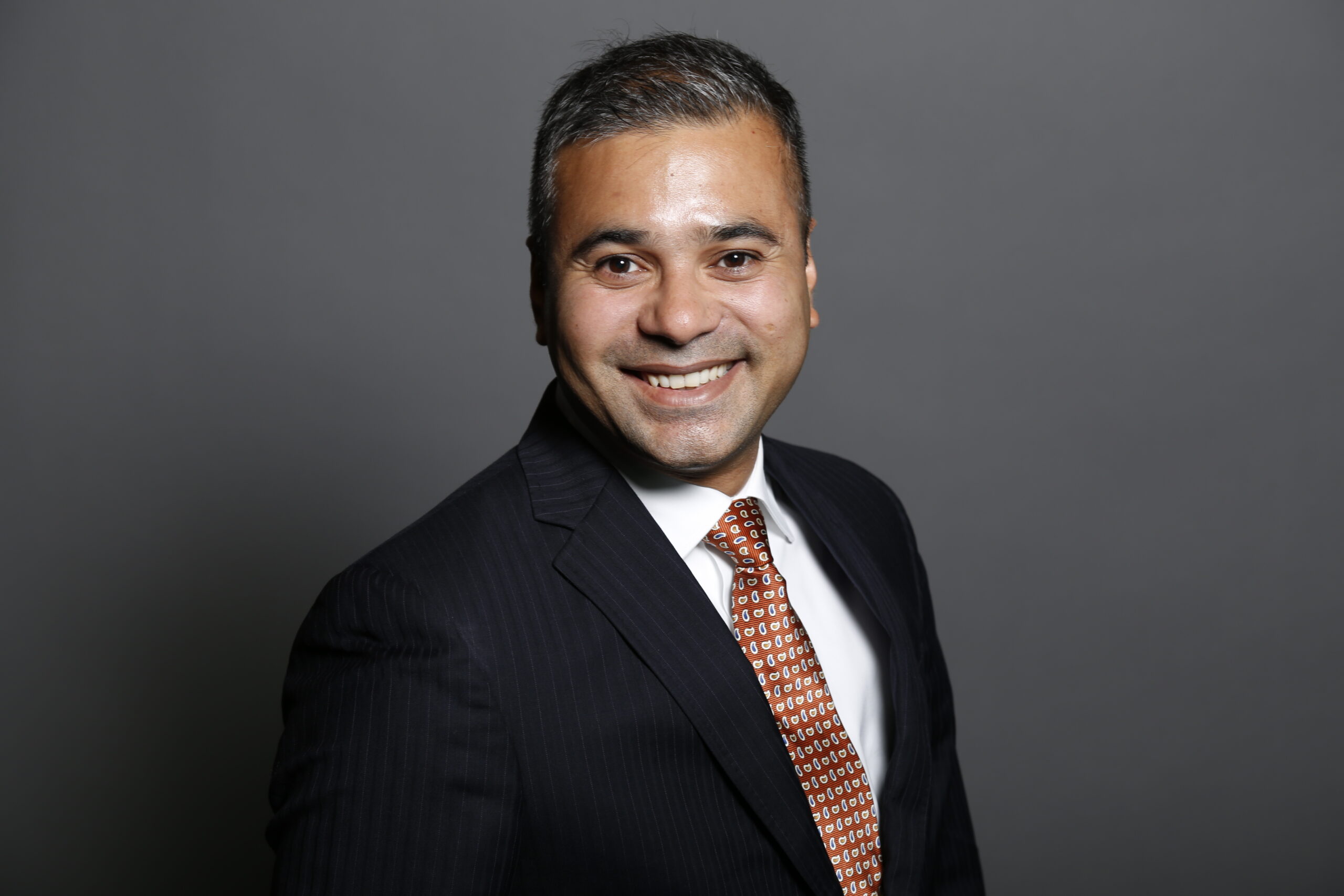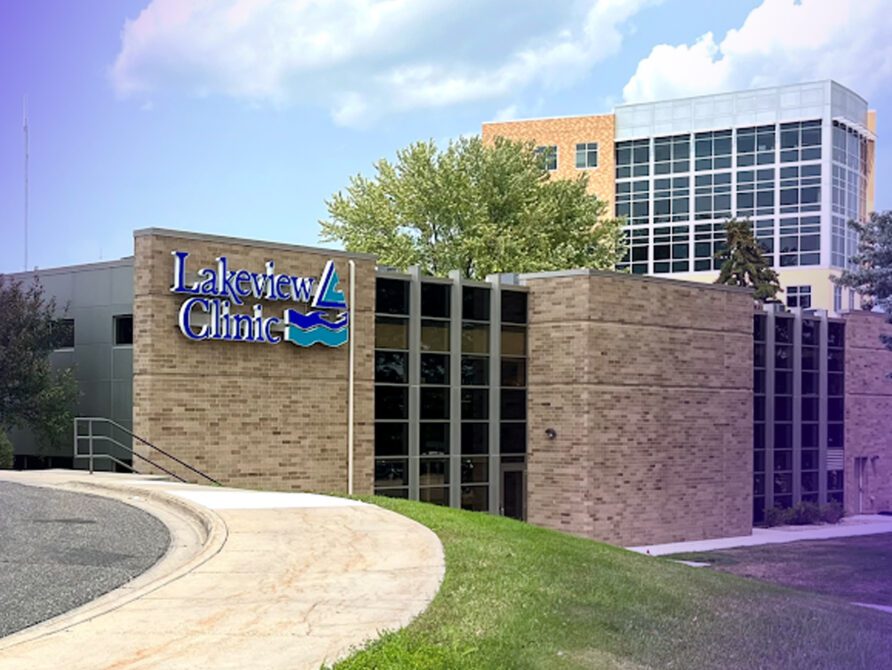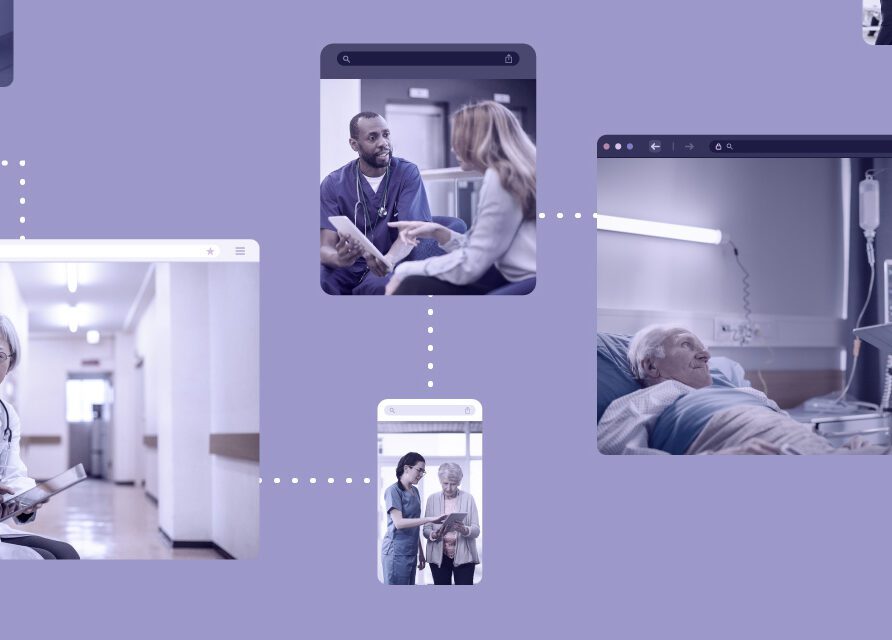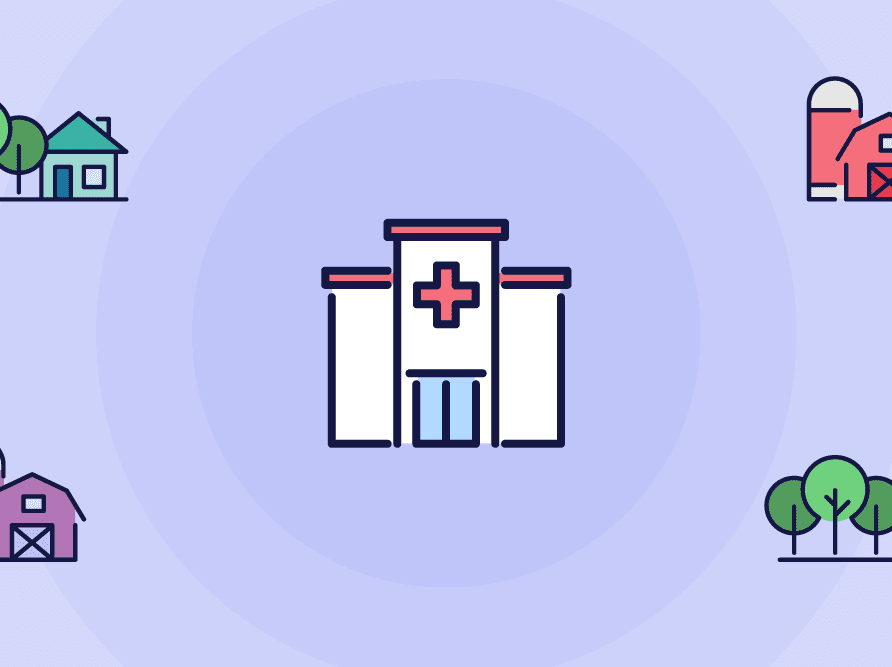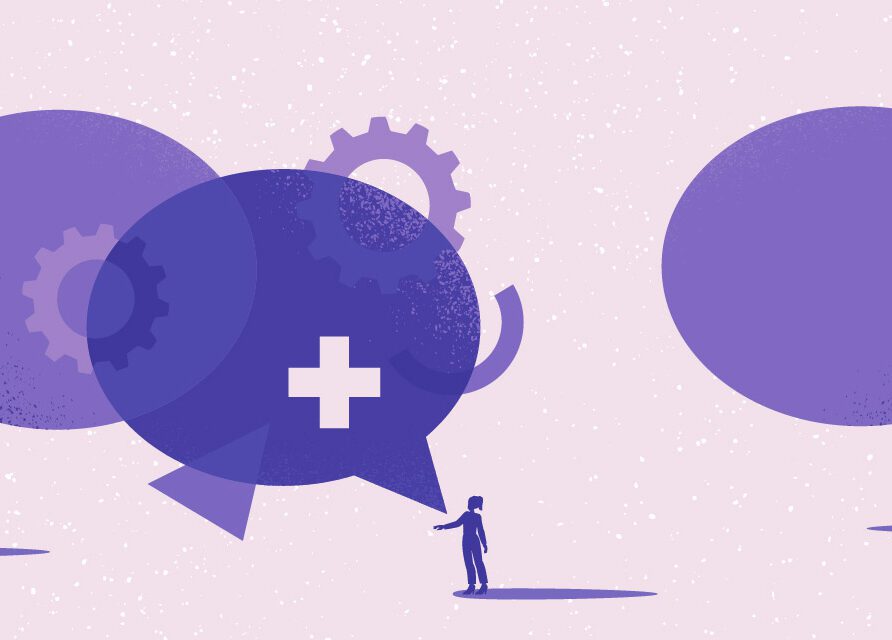Article
Three practice environment factors causing clinician burnout
Clinician burnout is a pervasive problem that cannot be ignored. While this issue existed before the pandemic, research indicates the prevalence of burnout has increased over the last two-plus years. Breaking down the drivers of burnout can help us understand this complex challenge and determine what incremental changes can help.
In this vein, the National Academy of Medicine (NAM) developed a conceptual model identifying individual and external factors affecting clinician well-being. Here are just a few examples of factors in the practice environment worth considering.
Dwindling autonomy
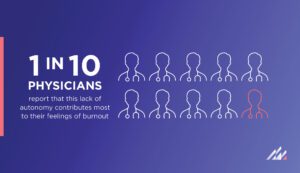 No matter the specialty, physicians take on a lot of responsibility. They apply years of medical education and training to make decisions, manage risks and lead broader care teams to ensure patients receive the best care possible. However, physicians often must also comply with rules and protocols that do not necessarily align with what they determine is in their patients’ best interests. More than one in ten physicians, as a result, report that this lack of autonomy or career control contributes most to their feelings of burnout.
No matter the specialty, physicians take on a lot of responsibility. They apply years of medical education and training to make decisions, manage risks and lead broader care teams to ensure patients receive the best care possible. However, physicians often must also comply with rules and protocols that do not necessarily align with what they determine is in their patients’ best interests. More than one in ten physicians, as a result, report that this lack of autonomy or career control contributes most to their feelings of burnout.
Prior authorization is just one example of this phenomenon in action. Physicians must complete documentation to receive authorization from health plans for prescription drugs, diagnostic tests and the like. Not only does this add administrative burden, but it also delays patient care, which can have adverse effects on outcomes.
Similarly, healthcare organizations can challenge physicians’ sense of autonomy. From quality rating pressures to patient panel size requirements, these factors in the practice environment may add more stress to inherently stressful jobs.
Aggravating technological workflows
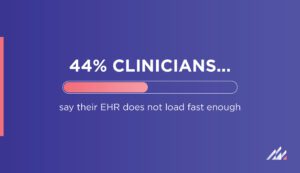 The transition from paper charting to electronic health records (EHRs) held promise for a highly efficient new era of medicine. In reality, EHR systems have largely failed to live up to this vision despite the billions of dollars poured into the health IT industry. According to a report from KLAS, 44% of clinicians say their EHR does not load fast enough, and 23% say their EHR is not available when needed.
The transition from paper charting to electronic health records (EHRs) held promise for a highly efficient new era of medicine. In reality, EHR systems have largely failed to live up to this vision despite the billions of dollars poured into the health IT industry. According to a report from KLAS, 44% of clinicians say their EHR does not load fast enough, and 23% say their EHR is not available when needed.
Even when reliability and accessibility are present, usability is often abysmal. Research published in Mayo Clinic Proceedings found that EHRs received an “F” grade in terms of usability and were rated as far less usable than technologies in other industries. On top of these strains, a widespread lack of true interoperability means clinicians are often missing key clinical information.
EHRs built with clinicians can help reverse these issues by infusing their expertise and experiences into the design process. The Sunrise™ Platform of Health, for example, leverages Human-Centered Design (HCD) methodologies. Ranked the most usable in Solve Research’s 2021 EHR Usability Study, the highly reliable and accessible cloud-based system enables clinicians to focus on their roles as caregivers, rather than on working around technology.
Rising threats to safety
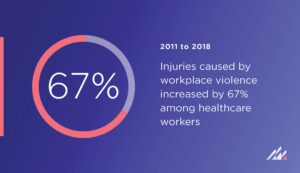 Medicine often carries some degree of risk. Even when following safety standards, there may be potential for injury when lifting a patient or an infection acquired in the workplace, for instance. Beyond these hazards, threats to the safety of healthcare professionals are of significant concern.
Medicine often carries some degree of risk. Even when following safety standards, there may be potential for injury when lifting a patient or an infection acquired in the workplace, for instance. Beyond these hazards, threats to the safety of healthcare professionals are of significant concern.
According to data from the U.S. Bureau of Labor Statistics, injuries caused by workplace violence increased by 67% among healthcare workers from 2011 to 2018. Moreover, in 2018, healthcare and social service workers were five times more likely to experience workplace violence than the average U.S. worker. While physicians and other clinicians aim to “do no harm,” the threat of violence at work can compound other daily stressors.
Learning and understanding the many factors driving burnout are important first steps for healthcare leaders focused on supporting clinicians. Check out the NAM conceptual model here for more details. You can also find burnout mitigation strategies in our recent eMagazine, “Humanizing healthcare: Fighting burnout and bringing joy back to medicine,” available here.

